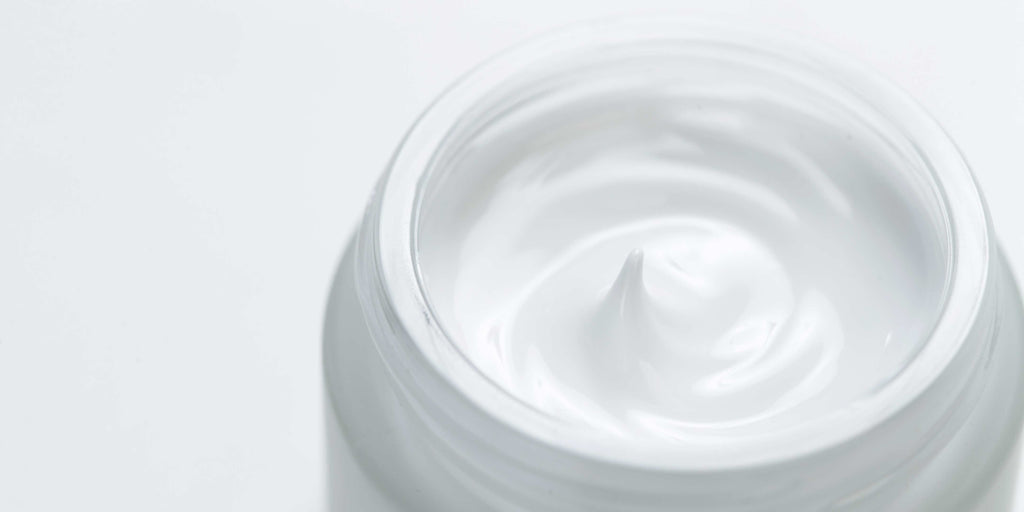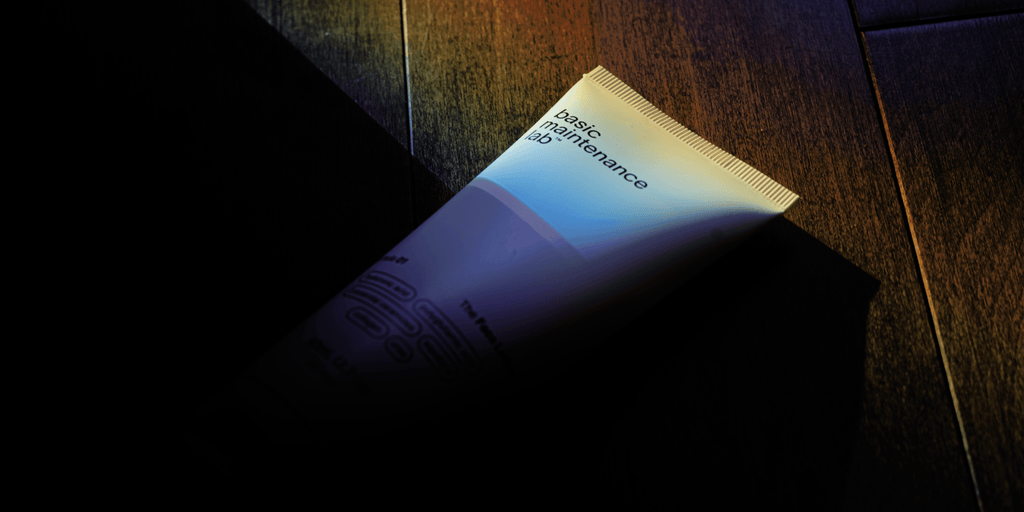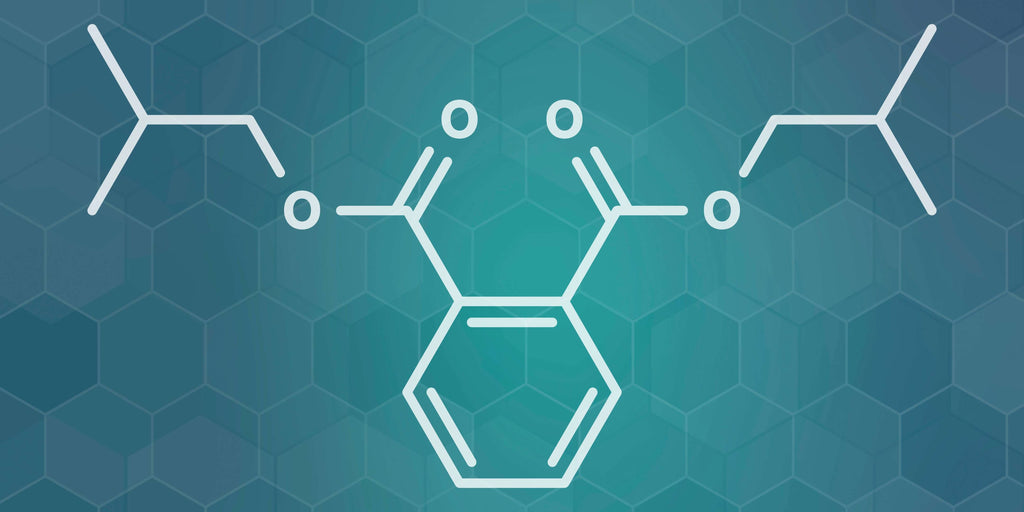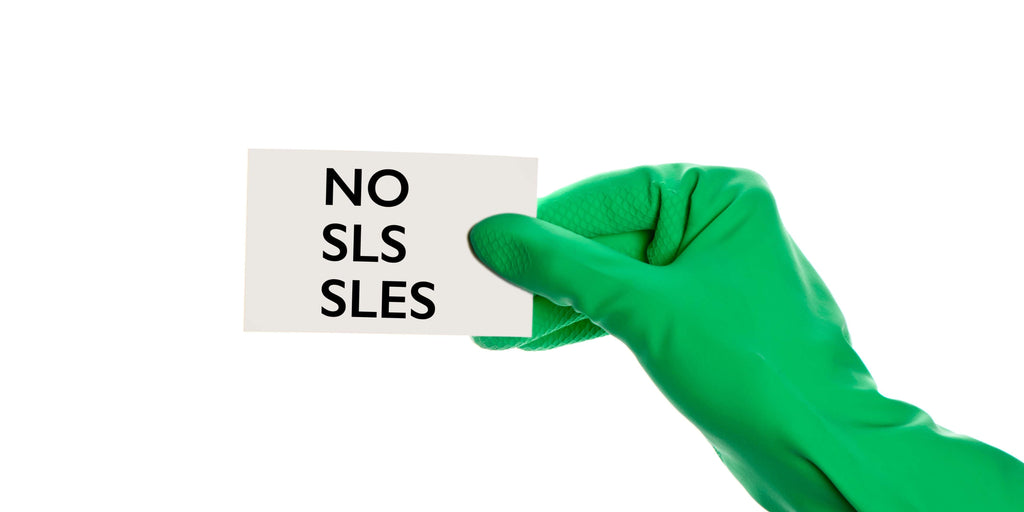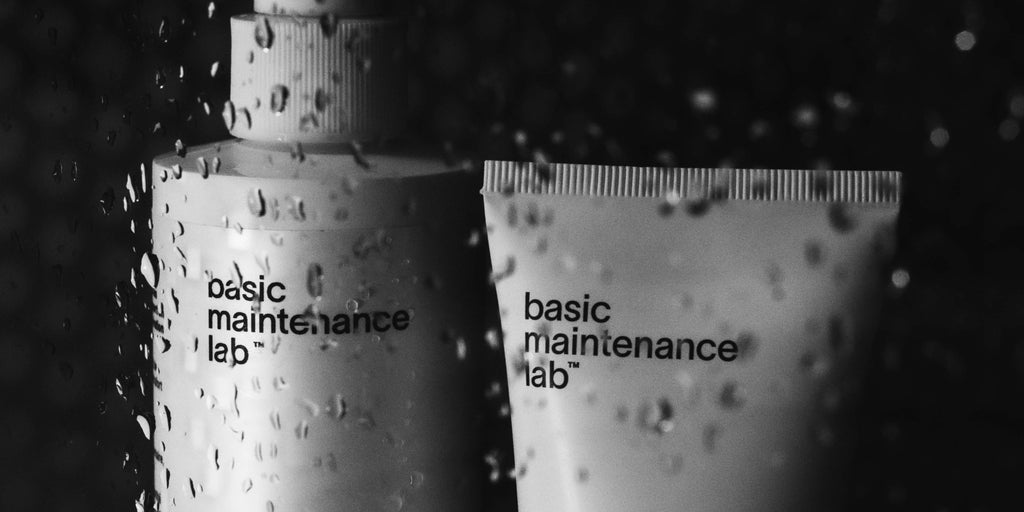Silicones in Skincare and Haircare: Myth vs. Reality
When it comes to skincare and haircare ingredients, few have stirred as much controversy as silicones. These compounds, commonly found in products for skin and hair, are often labeled as pore-clogging, suffocating, and harmful. Despite their proven benefits, silicones have been plagued by a slew of myths that make many people hesitant to use them. Let’s dive into the origin of these myths, examine the science, and shed light on the truth behind silicones in beauty products.
The Myth: Silicones Clog Pores and Suffocate the Skin
The most prevalent myth around silicones is that they form an impenetrable barrier on the skin and hair, preventing moisture and oxygen from reaching it. This, in turn, is believed to lead to clogged pores, breakouts, and damaged hair. Additionally, silicone-based products are often labeled as “suffocating” to the skin, suggesting that they trap impurities and create a buildup of residue over time.
This myth gained traction with the “clean beauty” movement, where silicones were cast as synthetic chemicals that don’t align with the “natural” beauty ethos. Influential figures in beauty and wellness reinforced the idea that silicones were best avoided, pushing consumers toward silicone-free alternatives. Over time, these claims went largely unquestioned, further embedding the myth into public perception.
How the Myth Started: The Role of Early Silicone Studies
The myth about silicones likely stems from misunderstandings around silicone’s molecular structure and properties. Silicones are polymers, meaning they have a repeating chain structure, which can give the impression of being “heavy” or “sticky.” Early research into silicones examined how they form a thin film on the skin, leading some to believe that they created a “barrier” that blocked anything from penetrating the skin or hair.
However, this interpretation missed an essential point: silicones, while film-forming, are also breathable. Their molecular structure allows them to form a permeable barrier, which can lock in moisture without suffocating the skin or clogging pores.
What the Science Says: The Truth About Silicones
The truth is that silicones are non-comedogenic (they don’t clog pores) and are widely regarded as safe for use on skin and hair. Here’s what science and dermatology say about silicones:
-
Silicones Are Breathable and Non-Comedogenic: Silicones like dimethicone and cyclopentasiloxane have unique properties that allow them to form a breathable barrier on the skin. This means that while they provide a thin layer of protection, they don’t block pores or prevent the skin from “breathing.” A 2005 review in the journal Dermatologic Therapy highlighted the fact that silicones are inert, non-comedogenic, and hypoallergenic, making them a favorable choice for individuals with sensitive or acne-prone skin.
-
Moisture Retention Without Occlusion: Unlike occlusives like petroleum jelly, which create a dense barrier to trap moisture, silicones provide a breathable seal that helps lock in moisture without blocking pores. This is particularly beneficial for skin and hair, as it allows moisture retention without the risks associated with heavy occlusives. Silicones’ ability to hold moisture in this way makes them popular in products formulated for dry skin and frizzy hair.
- Silicones in Haircare Protect Without Build-Up: Silicones like dimethicone are widely used in hair products for their ability to smooth and protect the hair shaft. Silicones coat the hair, reducing frizz and increasing shine without penetrating or damaging the hair’s internal structure. In a study published in International Journal of Cosmetic Science in 2011, researchers concluded that dimethicone is effective for minimizing hair breakage by providing a protective barrier that reduces friction.
Studies That Dispel the Myths
Several studies highlight the benefits of silicones and disprove the myths surrounding them:
-
Non-Comedogenic Properties: In a 1998 study conducted by the Journal of the Society of Cosmetic Chemists, researchers found that silicones like dimethicone and cyclopentasiloxane did not clog pores or cause breakouts, even on sensitive skin types. This research supports the claim that silicones are suitable for acne-prone skin.
-
Improved Skin Barrier Function: A 2003 study in the Journal of Dermatologic Surgery found that silicone-based products help improve skin barrier function, which is crucial for individuals with compromised skin, like those suffering from eczema. Silicones were shown to help skin retain moisture, prevent irritation, and enhance skin healing.
- Hair Conditioning Benefits: Research published in 2010 by International Journal of Cosmetic Science emphasized that silicones in hair products provide smoothing and protective benefits without causing buildup. These benefits include reduced hair breakage, enhanced shine, and improved manageability. This directly counters the belief that silicones weigh hair down or cause buildup over time.
Why the Myth Persists
Despite scientific evidence supporting the safety and efficacy of silicones, the myth of their pore-clogging and “suffocating” properties persists. There are several reasons for this:
-
Fear-Based Marketing: The “clean beauty” movement often uses fear-mongering tactics to discourage consumers from using certain ingredients, labeling them as “toxic” or “dangerous.” Brands looking to promote silicone-free alternatives often capitalize on the myth that silicones are harmful, creating a sense of fear around traditional formulations.
-
Natural and Organic Bias: With a growing preference for “natural” products, consumers often perceive synthetic ingredients as inferior, harmful, or unnatural. This bias reinforces the notion that silicones, being synthetic, are somehow detrimental to skin and hair health. The assumption that “natural is always better” continues to drive the myth that silicone-free products are inherently superior.
-
Confirmation Bias: Once the idea that “silicones are bad” took root, confirmation bias kept it alive. People experiencing breakouts or hair issues after using a silicone product might attribute these issues to silicones, rather than other potential factors. This personal bias reinforces the misconception, even though scientific evidence doesn’t support it.
- Misinterpretation of Marketing Terms: The cosmetic industry often uses terms like “non-comedogenic” or “non-occlusive” to describe products. Consumers may misinterpret these terms, thinking that anything not labeled as such could be pore-clogging or occlusive, feeding into the belief that silicones are harmful.
The Bottom Line: Silicones Are Safe, Effective, and Beneficial
Silicones are an excellent choice for skin and hair products because they offer many benefits, from moisture retention to smoothing and protection, without the issues commonly associated with occlusive or heavy ingredients.
Instead of clogging pores, silicones act as a breathable barrier, allowing moisture to stay in while keeping environmental aggressors out. They don’t cause buildup on hair unless used in excessive amounts and can easily be washed away with regular shampoo. Silicones are hypoallergenic, non-irritating, and suitable for a wide range of skin and hair types.
In skincare, silicones can improve texture, smooth fine lines, and enhance the longevity of makeup, making them a versatile and valuable addition to many formulations.
In haircare, they add shine, reduce frizz, and protect against heat styling damage, making them particularly beneficial for people with dry or damaged hair.
Conclusion: Why It’s Time to Let Go of the Silicone Myth
The myth that silicones are harmful is largely unfounded. This misconception has been fueled by marketing strategies, fear of synthetic ingredients, and misunderstandings about how silicones function on the skin and hair. When used appropriately, silicones provide unique benefits that are difficult to replicate with other ingredients.
Consumers should feel confident in choosing products with silicones, knowing that they are safe, effective, and scientifically backed ingredients that contribute positively to skin and hair health.
Sources
- Draelos, Z. D. (2005). Silicone’s role in dermatology and cosmetics. Dermatologic Therapy, 18(1), 118-122.
- Zandi, S., & Grekin, R. C. (2003). Silicone products for improving skin barrier function. Journal of Dermatologic Surgery, 29(1), 35-40.
- Vogt, A., & McGrath, J. A. (2011). Silicone hair care products in daily routine. International Journal of Cosmetic Science, 33(2), 93-101.
- Fowler, J. F., & Woolery-Lloyd, H. (1998). Comedogenicity and acne. Journal of the Society of Cosmetic Chemists, 49(1), 45-51.

